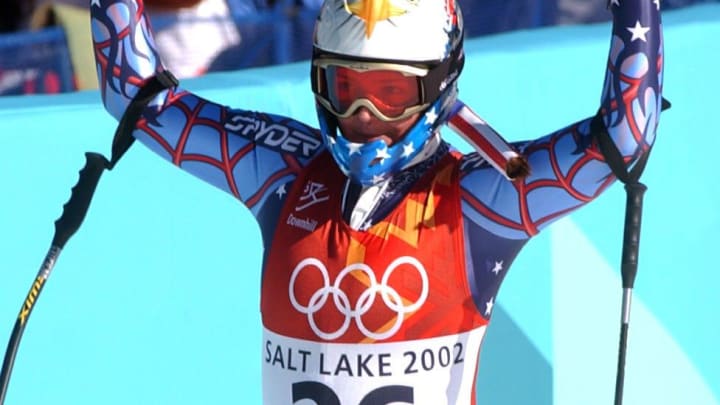IOC Selects Salt Lake City, Utah for 2034 Winter Olympics

Salt Lake City, Utah, has been chosen to host the 2034 Winter Olympics, marking a significant milestone in its Olympic legacy. This decision follows the city’s successful hosting of the 2002 Winter Olympics, which left a lasting impression on the international community.
The 2002 Winter Olympics were a pivotal event for Salt Lake City, showcasing its capability to host a global sporting event. Key venues from these games included the Rice-Eccles Stadium, which hosted the opening and closing ceremonies. Located on the University of Utah campus, this stadium offered stunning views of the Wasatch Mountains and accommodated over 45,000 spectators.
Other significant venues included the E Center (now the Maverik Center) in West Valley City for ice hockey and the Utah Olympic Park in Park City for ski jumping, bobsled, and luge events. Soldier Hollow in Midway was the venue for cross-country skiing and biathlon, providing a picturesque and challenging course for athletes.
The 2034 Winter Olympics: A Look Ahead
Salt Lake City's successful bid for the 2034 Winter Olympics is built on the foundation laid in 2002. The IOC’s decision was influenced by the city’s existing infrastructure, public support, and experience in hosting international sports events. The venues used in 2002 will once again play crucial roles, with upgrades to meet modern standards.
Rice-Eccles Stadium will host the opening and closing ceremonies, benefiting from technological and seating enhancements. The Maverik Center will be updated for ice hockey events, ensuring a top-tier experience for both athletes and fans. The Utah Olympic Park remains central to the Games, continuing to host ski jumping, bobsled, and luge competitions. Soldier Hollow will again be the venue for cross-country skiing and biathlon, with planned improvements to athlete and spectator facilities.
In addition to these historic venues, new facilities are being developed to accommodate the expanded scope of the Winter Olympics. A state-of-the-art indoor arena is planned for downtown Salt Lake City to host figure skating and short track speed skating events. Infrastructure improvements, including transportation and lodging, are also underway to ensure a seamless experience for visitors and participants.
The IOC Meeting and Decision
The decision to award the 2034 Winter Olympics to Salt Lake City was made during the 142nd IOC Session held in Paris. The IOC Executive Board recommended Salt Lake City as the preferred host, citing its "very compact" master plan and minimal need for new capital investment due to the preservation of facilities from the 2002 Games. The city’s bid was bolstered by strong public and government support, with over 80% of Utahns in favor of hosting another Winter Olympics.
This meeting also saw the IOC naming the French Alps as the host for the 2030 Winter Olympics, while beginning discussions with Switzerland for the 2038 Games. The dual awarding strategy reflects the IOC's commitment to long-term planning and ensuring reliable winter sports destinations amidst changing global climates.
Salt Lake City’s selection for the 2034 Winter Olympics highlights the previous success as a world-class winter sports hub. With a blend of upgraded historic venues and new facilities, the city is poised to deliver an unforgettable experience.
